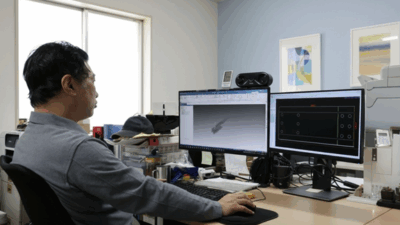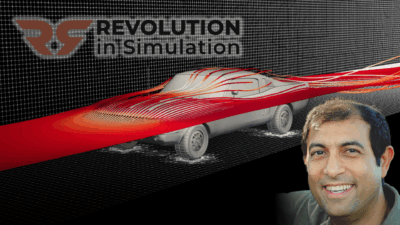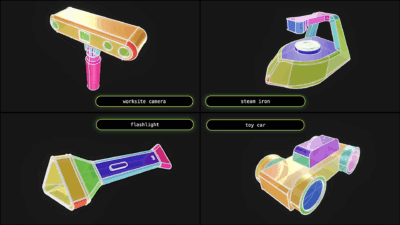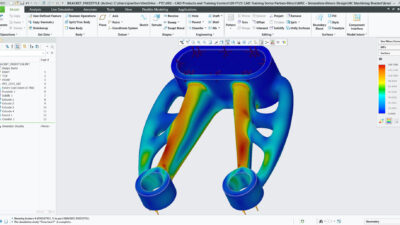The deal, which includes MSC Software, is part of Cadence’s plan to offer end-to-end multiphysics simulation.
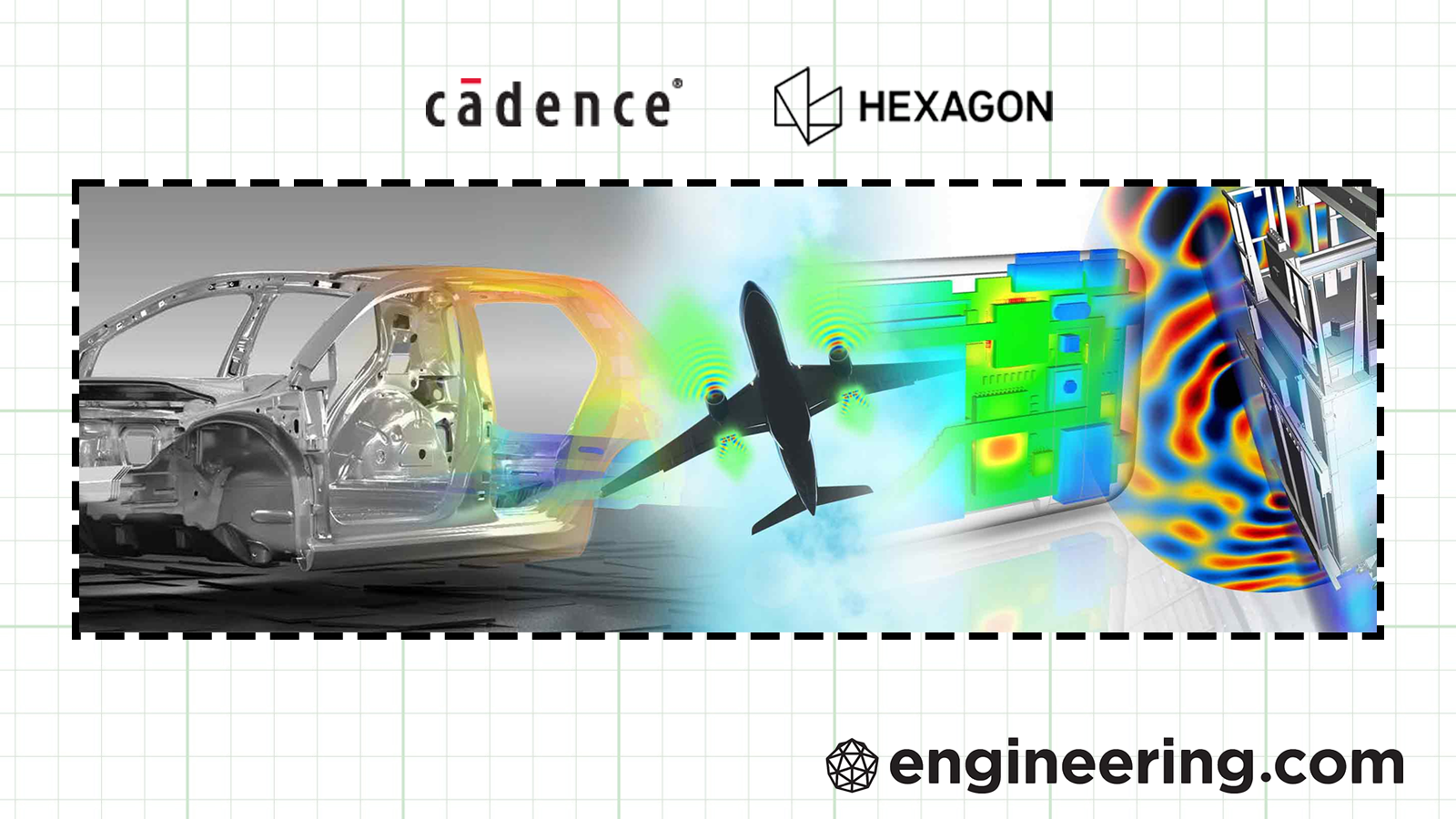
Welcome to Engineering Paper and the latest batch of design and simulation software news.
Today’s top story: EDA developer Cadence has announced it will acquire Hexagon’s design and engineering business, including the assets of MSC Software, for approximately €2.7 billion (US$3.17 billion) in a mixture of cash and stock.
With this acquisition, Cadence can expand its structural simulation portfolio, which began last year with the $1.24 billion acquisition of developer Beta CAE. The company’s ultimate goal is to offer a unified multiphysics simulation platform encompassing electromagnetics, electrothermal, CFD and structural analysis.
“By adding Hexagon’s D&E [design and engineering] world-class simulation capabilities, we will expand our vision of Intelligent System Design to encompass the full spectrum of physical behavior—from electromagnetics and fluids to structures and motion. This will be a pivotal step in enabling our customers to design the complex, converged systems of tomorrow,” said Cadence CEO Anirudh Devgan in the company’s press release.
For Cadence, the juiciest morsels of this deal are probably those from the erstwhile MSC Software, which Hexagon acquired in 2017 for $834 million. Cadence’s announcement specifically calls out Nastran, MSC’s well-known FEA solver, and Adams, its multibody dynamics simulation software.
What else is Cadence getting in the deal? According to Hexagon’s press release: “The D&E perimeter includes MSC (acquired in 2017) and subsequent acquisitions including AMendate (2019), Romax (2020), CADLM (2020) and CAEfatigue (2020).”
Cadence expects to finalize the acquisition in the first quarter of 2026, with the usual regulatory caveats.
New version of Artec Studio adds automation to 3D scan processing
3D scanning company Artec 3D has released the latest version of its scanning software, Artec Studio 20.
One highlight of the new release is the ability to create custom automation pipelines, called Workflows, that Artec says will make data processing up to 70% faster.
“Ideal for repeat tasks, all-new Workflows eliminate human error, improve process repeatability, and deliver high-quality results users can rely on. For even greater automation, those with an annual subscription can use scripting to set up workflows that import, process, and export data to third-party software. This integration allows for batch processing, saves users from sitting at their PCs, and unlocks further opportunities for accelerating the processing of similar datasets via fully autonomous file transfer,” according to Artec 3D’s announcement.
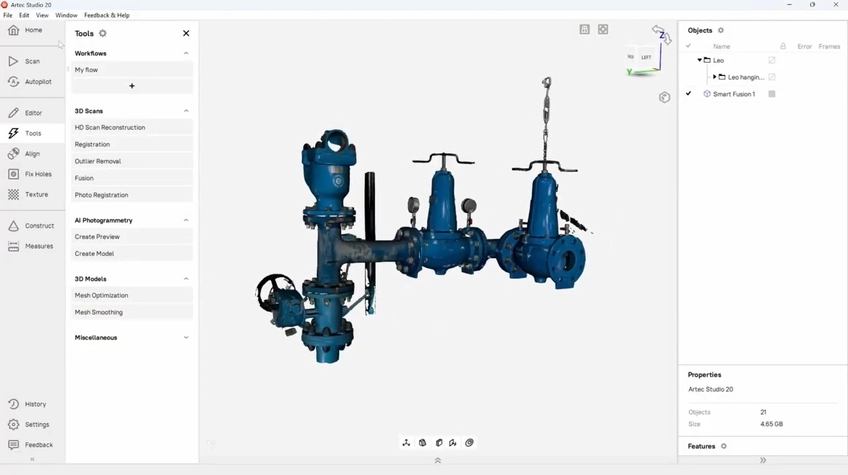
Artec Studio 20 also adds new capabilities to several of the company’s 3D scanners, such as the Artec Spider II, Artec Micro II, Artec Point, and Artec Leo. I reviewed the Leo back when it launched in 2021, using Artec Studio 15 to process my scans. It was a more laborious process than I expected, so I imagine that the new automation capabilities will be most welcome for anyone doing it regularly.
CloudNC releases CAM Assist 2.0
CloudNC has released CAM Assist 2.0, an update to its web-based CAM automation platform.
Like Toolpath and Siemens NX CAM Copilot (not its real name), CAM Assist uses AI to automatically create machining toolpaths. It supports 3-axis and 3+2 operations and integrates with Autodesk Fusion, Siemens NX, and Mastercam.
The 2.0 update “combines the speed of AI-powered toolpath generation with new step‑by‑step oversight, giving programmers even greater control,” according to CloudNC.
This video from CloudNC shows the platform in action:
Alongside the new release, CloudNC also announced that CAM Assist is being used by over 1,000 machine shops globally. If you’re one of them, let me know your thoughts on the platform at malba@wtwhmedia.com.
Register for Digital Transformation Week 2025
Starting September 22, 2025, Engineering.com will host a week of webinars all about Digital Transformation. We gave it the most creative name we could think of: Digital Transformation Week 2025.

“A few years ago, most companies approached digital transformation as a hardware issue. But those days are gone,” writes Engineering.com senior editor Michael Ouellette. “Now the conversation is a strategic one, centered on data management and creating value from the data all the latest technology generates. The onrush of AI-based technologies only clouds the matter further.”
Join Michael and his special industry guests for the series of webinars by registering here.
One last link
How do you make a world without landmines? Engineering, of course. Design World Editor-in-Chief Rachael Pasini explores a fascinating solution in Eagle A7 prevents landmine casualties with drone-mounted AI.
Engineering Paper will be blank next week. See you in two Tuesdays.
Got news, tips, comments, or complaints? Send them my way: malba@wtwhmedia.com.
